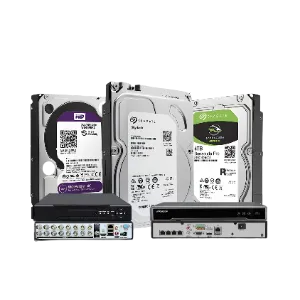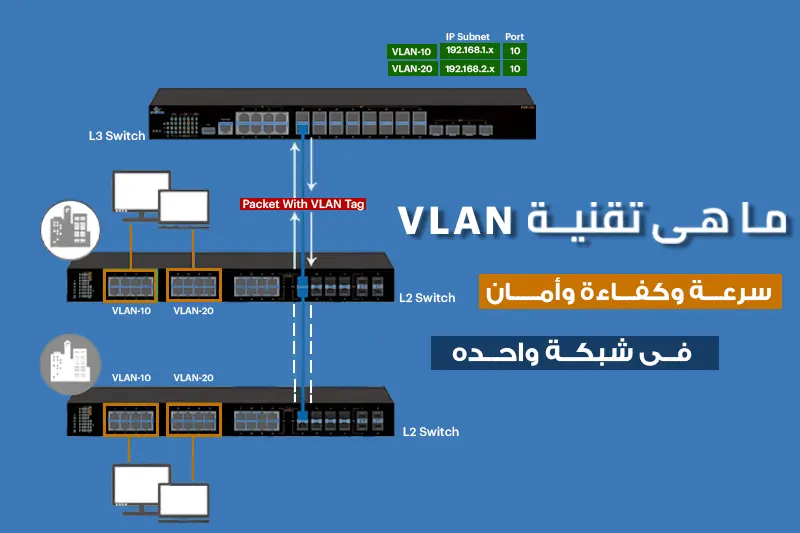What is VLAN and Why Is It Crucial for Modern Networks?
A VLAN (Virtual Local Area Network) is a powerful networking concept that allows network administrators to create separate virtual networks within a single physical switch infrastructure.
By segmenting networks logically instead of physically, VLANs improve speed, security, and control—all while using the same hardware. Devices in different VLANs can’t directly communicate unless routed, ensuring better data isolation.
Key Benefits of VLANs
✅ Faster Communication
Traffic is isolated within each VLAN, reducing unnecessary data flow and boosting speed.
✅ Better Security
Sensitive data stays within its own virtual network, away from general access.
✅ Efficient Management
Group users by department or function, not physical location.
Real-World Example
In the image above:
- VLAN 10 and VLAN 20 operate on the same switches.
- Each VLAN is assigned a different subnet (e.g., 192.168.1.x vs 192.168.2.x).
- Communication between VLANs is managed by the L3 switch through VLAN tagging.
This ensures clean, efficient, and secure communication within complex environments.
Why It Matters for Businesses
Whether you’re managing an office, school, or enterprise infrastructure, VLANs let you do more with less—organize smarter, reduce hardware costs, and increase control over your network environment.















